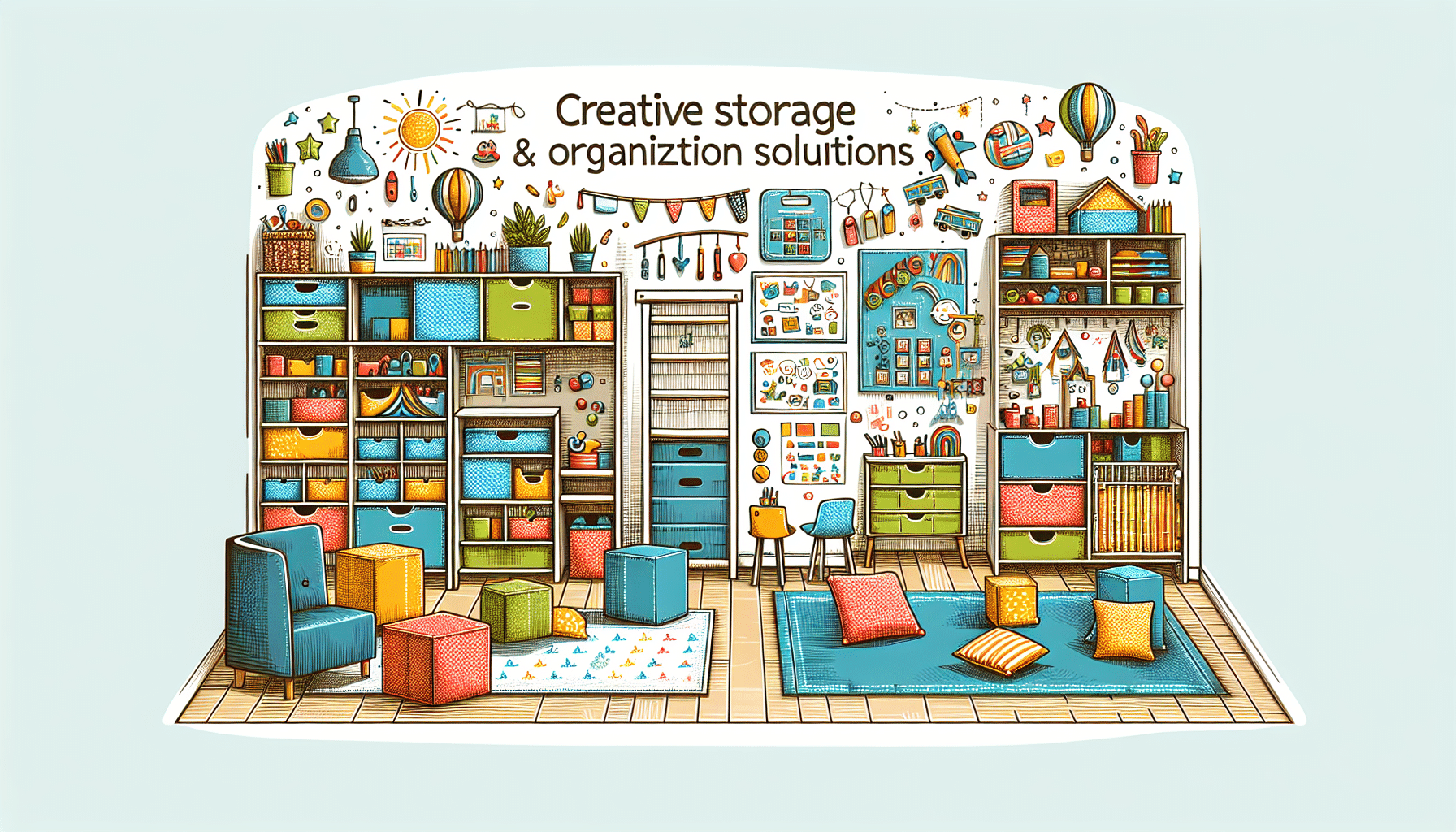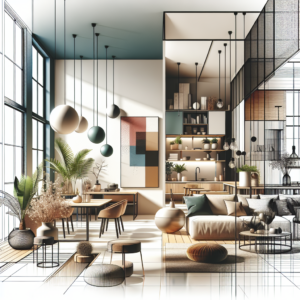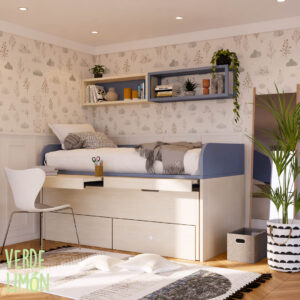Organization and storage in children’s rooms have gained increasing relevance in recent years, in a context where modern parenting seeks not only functionality but also to foster creativity and the development of the little ones. With the aim of transforming these spaces innovatively, more and more parents are opting for solutions that invite play and interaction.
The use of modular furniture stands out as one of the most effective trends. These pieces of furniture are versatile and adapt to the changing needs of children, allowing transformations ranging from shelves that become desks to game tables. This flexibility not only maximizes space but also fosters in children a sense of autonomy by allowing them to participate in the reorganization of their environment.
Another significant trend is the inclusion of visible and accessible storage systems. Open shelving allows children to have a clear view of their toys and books, facilitating the choice of what they want to use and teaching them about the importance of order and responsibility. Innovative families are implementing color codes in storage boxes, which not only beautifies the space but also helps younger ones classify their belongings effectively.
Decorative storage boxes have proven to be an option that combines aesthetics and functionality. With shapes of animals, cars, or story characters, these solutions inspire children to keep their rooms tidy. In this way, parents can find a practical alternative that adds a playful element to home decor.
The use of vertical space has also become common in children’s rooms. Installing tall shelves and hooks on the walls not only allows objects to be kept at the children’s height but also optimizes the floor area, favoring better circulation and more opportunities for play. Additionally, the trend of using chalkboard paint on walls allows children to express their creativity while integrating as an organizational element.
Personalization is another key aspect in these innovations. From stickers that children can use to mark their spaces to furniture with names or specific interests of the little ones, each element becomes a reflection of the individuality of its inhabitants. Thus, children’s rooms are not only organized and functionalized but also personalized, allowing children to identify with their environment.
In summary, these ideas about organization and storage not only optimize space in children’s rooms but also create environments that stimulate learning and play. As more families adopt these innovations, the future of children’s rooms promises to be a paradigm where creativity and order coexist harmoniously.
via: MiMub in Spanish











